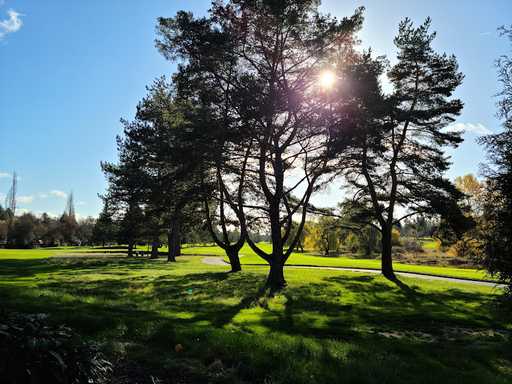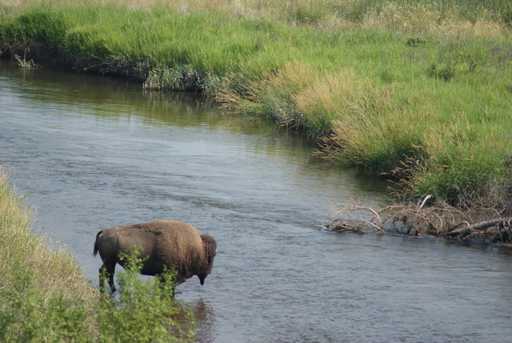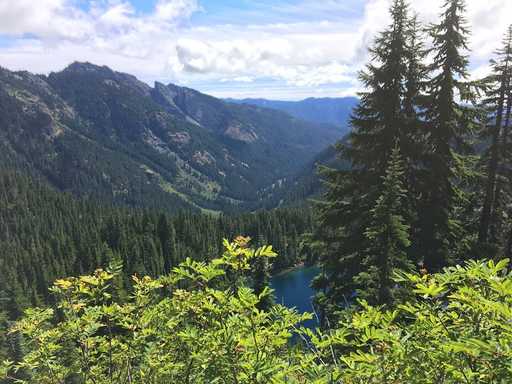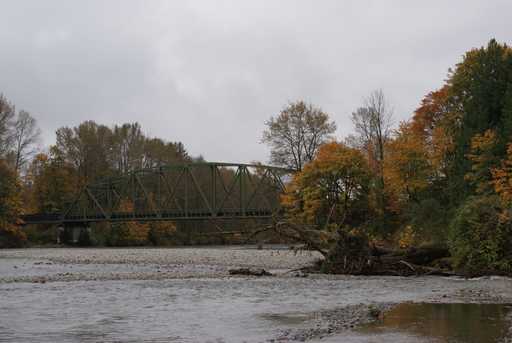Climate Adaptation and Mitigation in the Home Landscape
The garden brings a much needed retreat for relaxation and a chance to be surrounded with greenery. With changing climate this important space may be threatened with warmer temperatures, erratic weather patterns, and unpredictable precipitation rates. As the world around us is changing, homeowners and gardeners should be asking themselves some questions:
How will climate change effect my garden in 10, 20 or even 50 years from now?
How does my home garden help mitigate climate change?
Many trees have long lifespans and what we plant today may have different growing conditions in the future. With this uncertainty we must start thinking about our landscape choices for the future and not only short term benefits. Climate adaptation and mitigation are tools we can use to protect our wild spaces and gardens.
What are Climate Mitigation and Adaptation?
Let's first discuss the difference between climate mitigation and climate adaptation. Climate mitigation is a process which aims to lessen the negative impacts of human development. One method of achieving this is reducing existing emissions. This can be achieved by switching to clean energy sources or reducing waste. Another method is by 'offsetting' emissions. Restoring, enhancing, or expanding native habitat have a positive impact which, to a degree, offsets the negative impact from human development. Climate mitigation is how we can lessen the effects of climate change with positive action.
Climate adaptation is a process for managing the risks of future climate in a region. We know climate change is happening and weather is becoming more extreme. Climate adaptation is about accommodating for future changes. In terms of landscaping, we should plant species that are suitable for the conditions expected over the next 15-50 years, instead of the conditions of the past and present. The process of expanding ranges and planting different seed sources has been called assisted migration.
Climate mitigation and adaptation are two aspects of climate change resilience. Climate mitigation is about preventing change, and climate adaptation is about adapting to change. Used together, they can make a habitat more resilient. When we restore, enhance, or expand native habitats, we should consider species that are suited for both present and future climates. In this we we can prepare for the worst, and hope for the best.
What Role Should Humans be Playing?
Climate adaptation does pose some difficult questions. In western Washington, the western hemlock is not expected to thrive in future climates. Should we stop planting western hemlock now in favor of Douglas fir? Should we introduce non-native species to 'replace' western hemlock in the future? How should we make these decisions which have a lasting impact on the ecosystem?
Fortunately, some climate adaptations are easier to consider. By 2075, western Washington is predicted to have weather more similar to today's southwest Oregon. Climate adaptation for western Washington would benefit from examining species which grow well in southwest Oregon. There are some species which grow well in both southwest Oregon and western Washington, such as the Douglas fir. Between the two regions, there are slight genetic variations within the species, which have adapted to their respective climates. A practical application of climate adaptation would be to plant Douglas firs in Washington from seed sources obtained in Oregon.
The Seedlot Selection Tool is a great tool for matching seedlots and planting sites using current and future climate information. The tool was developed by the U.S. Forest Service to assist forest managers in planning for the future. It can be used at smaller scales as well.
What Can Home Gardeners Do?
As home gardeners, we can help prepare our gardens for changing climate. We can examine the predicted future climates for our region and see the predicted temperatures and precipitation rates that will be present over the next years and decades. It is important to consider how these changes will impact what is currently planted in these spaces.
Just as foresters are choosing better suited tree and seed sources, home gardeners can do the same. When possible, seeds and root stocks could be sourced from regions with similar climate to our predicted future climate zone. This is especially important for long-living plants such as trees and shrubs.
When selecting species outside of your home state be careful to avoid planting invasive species that may have a negative impact on the ecosystem. It is important to research each plant in you consider planting in your garden. Consulting your local noxious weed organization can help identify what species should be avoided. By understanding the concepts of climate mitigation and adaptation, we can create more resilient gardens and wild spaces which can be enjoyed for decades to come.
For More Information:
Washington State Noxious Weeds Control Board



